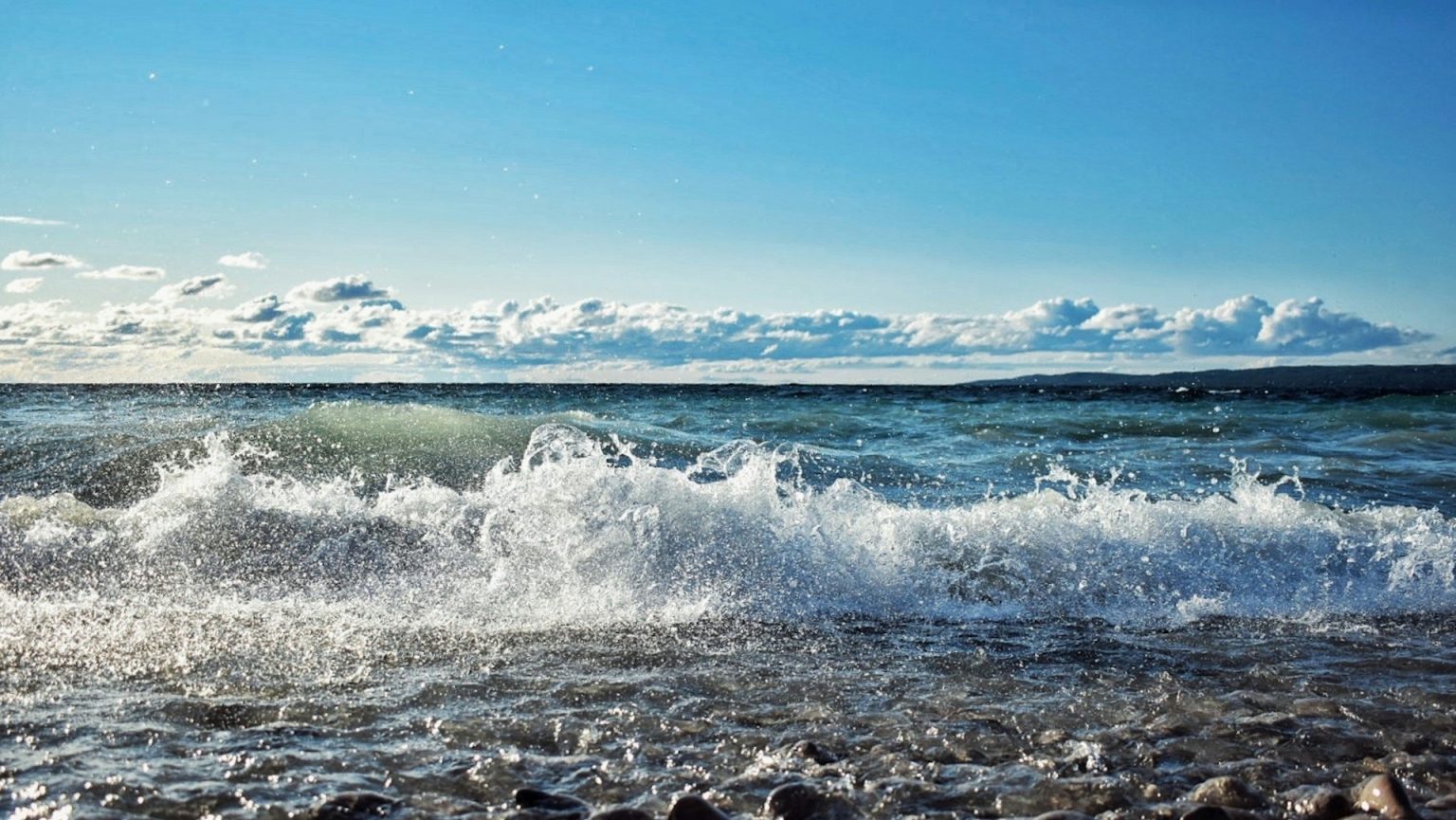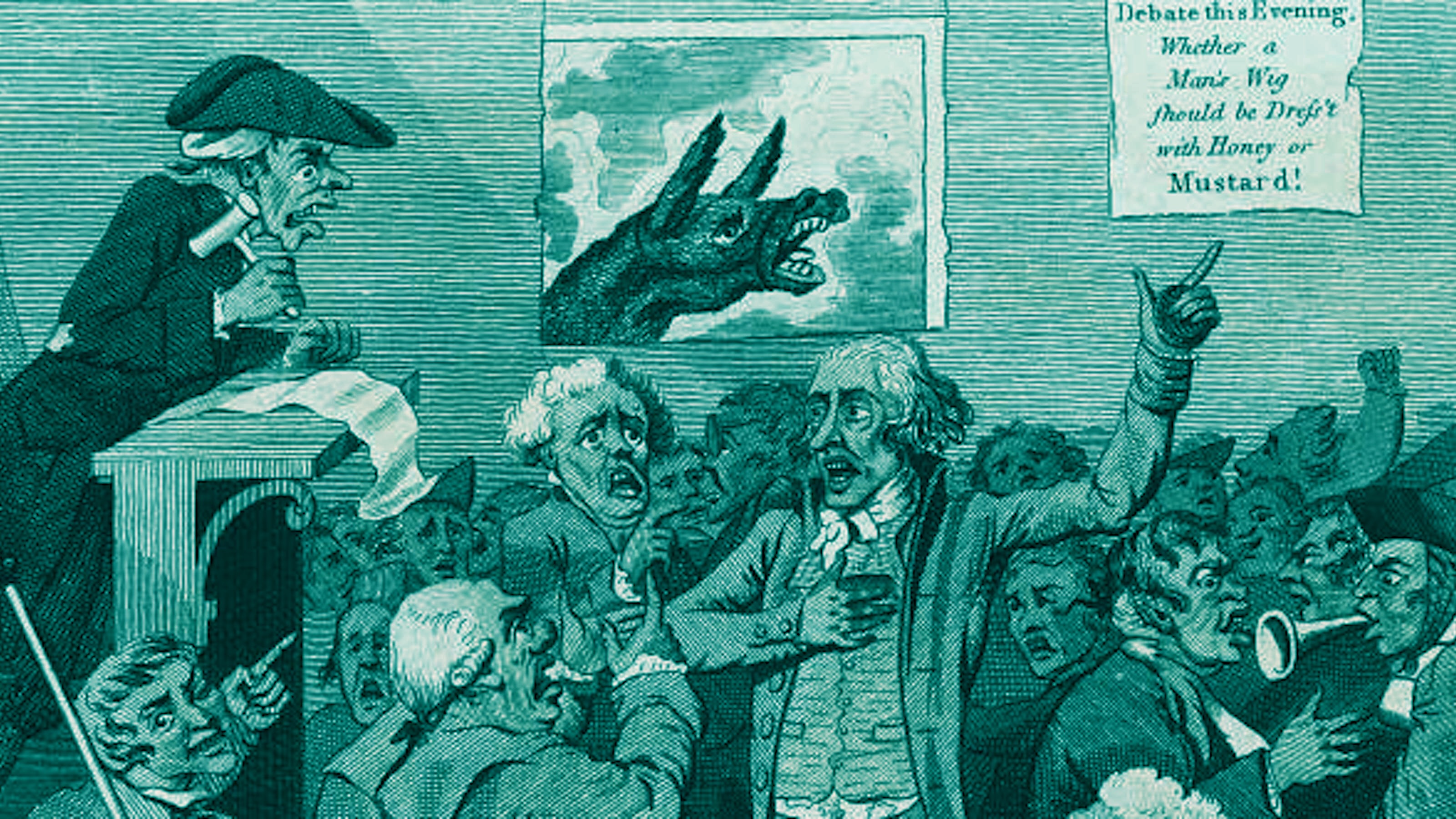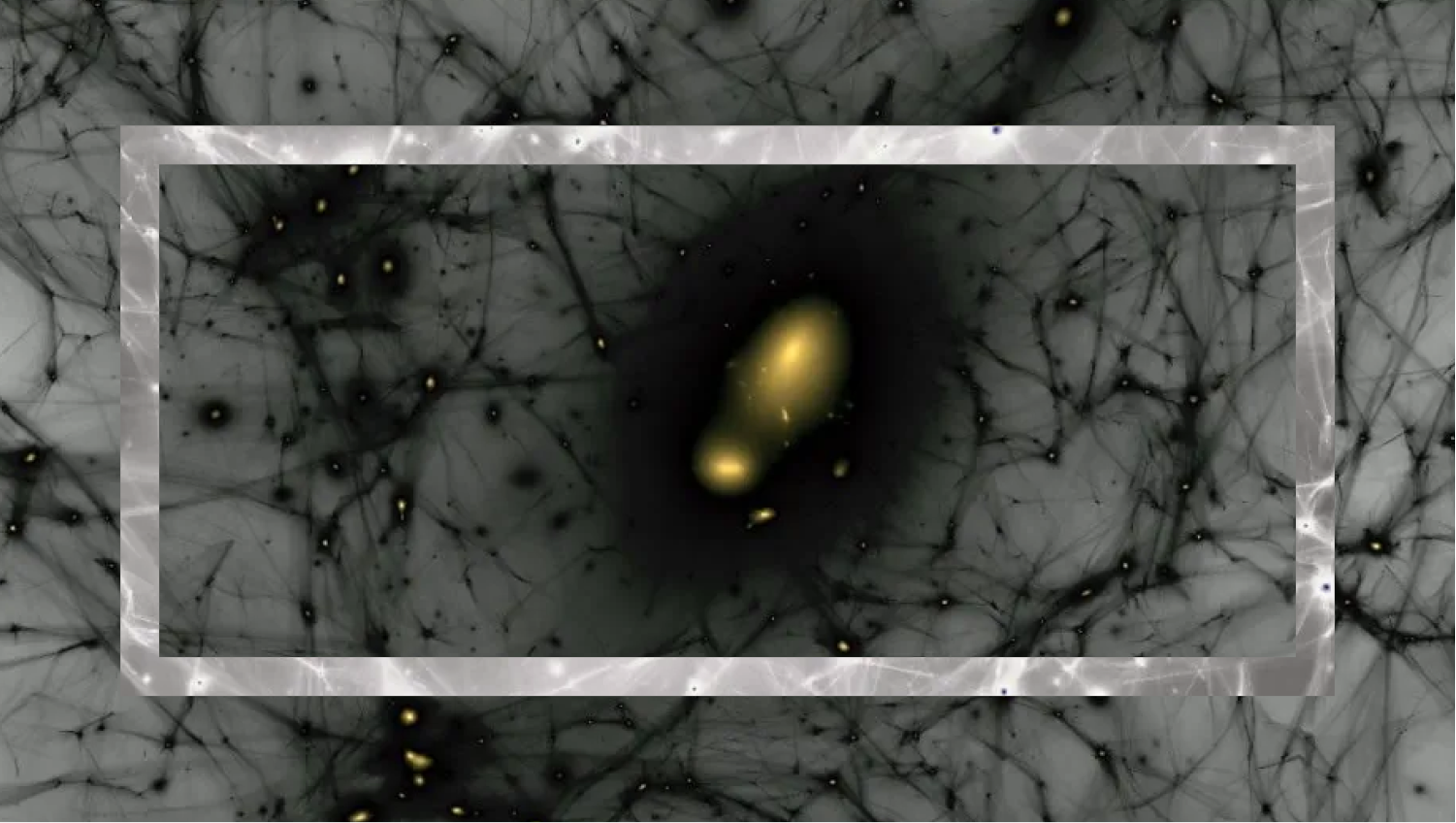Donald Rubin talks about his background and the early days of the Rubin Museum.
Rubin: My name is Donald Rubin. I’m co-Chair of the Board and CEO of the Rubin Museum of Art, and then we have in the neighborhood 17th Street foundation, the Shelley & Donald Rubin Foundation. I was born in New York in the depression, of a trade union, I have trade union parents. We lived in, you know, various [state of] poverty, you know, in the early years. I went to a small college in Georgia, in Atlanta, Oglethorpe, and when I graduated, I spent a year working as a longshoreman on the West Side of New York on the 15th Street on the Grace Line Piers.
Question: What originally sparked your interest in Himalayan art?
Rubin: I just started in business in the early 1970s and my wife and I were walking at Madison Avenue, on 73rd in Madison. At that time, we had $3,000 together and we looked in the window and we saw a Tibetan painting. And it was a White Tara, I think it’s at the museum now in the lobby or it was recently, and it costs $1500, and we just absolutely fell in love. I think art and culture is an emotional experience and not an intellectual experience. And on an emotional level, we were just taking with this picture. We knew nothing about Buddhism. We knew nothing about the Tara, but we just loved this work of art, and we put the work of art in our apartment. And six months later, we went back to the gallery and bought the second piece for $1500. Then, the building grew very… my business grew very quickly and we eventually, 20-some odd years ago, ended up with a lot of employees. And I think 13 years ago, we moved just across the street from Big Think at 115 and 111 5th Avenue. And when I left 3 ½ years ago, we had 900 employees around the country.
Question: What was it about the Tara that attracted you?
Rubin: A Tara is a white Bodhisattva or Buddha, the highest female deity in the Buddhist L lexicon, and I just on an emotional level fell in love with it. Now, none of the Himalayan art that I have bought over the years and that we show in the museum, the ancient one, not the current works have a signature, so none of us know who painted it. And so, you have to relate to it on an emotional level or on an intellectual level and I relate to art on an emotional level and it has to move me in that way when you fall in love with someone and this is how I explain it. You don’t ask for a resume and letters of recommendation, right? And I don’t think anybody you know has ever done that. So, you feel it on an emotional level, spiritual level, and then you get to know them, their personality and what they think and how they think and what their politics are and what their values are, and then you’ll go from there. And it’s the same way in collecting art. I think it’s best to be able to buy something you really fall in love with, something that really radiates in your heart than just go out and buys a name.





